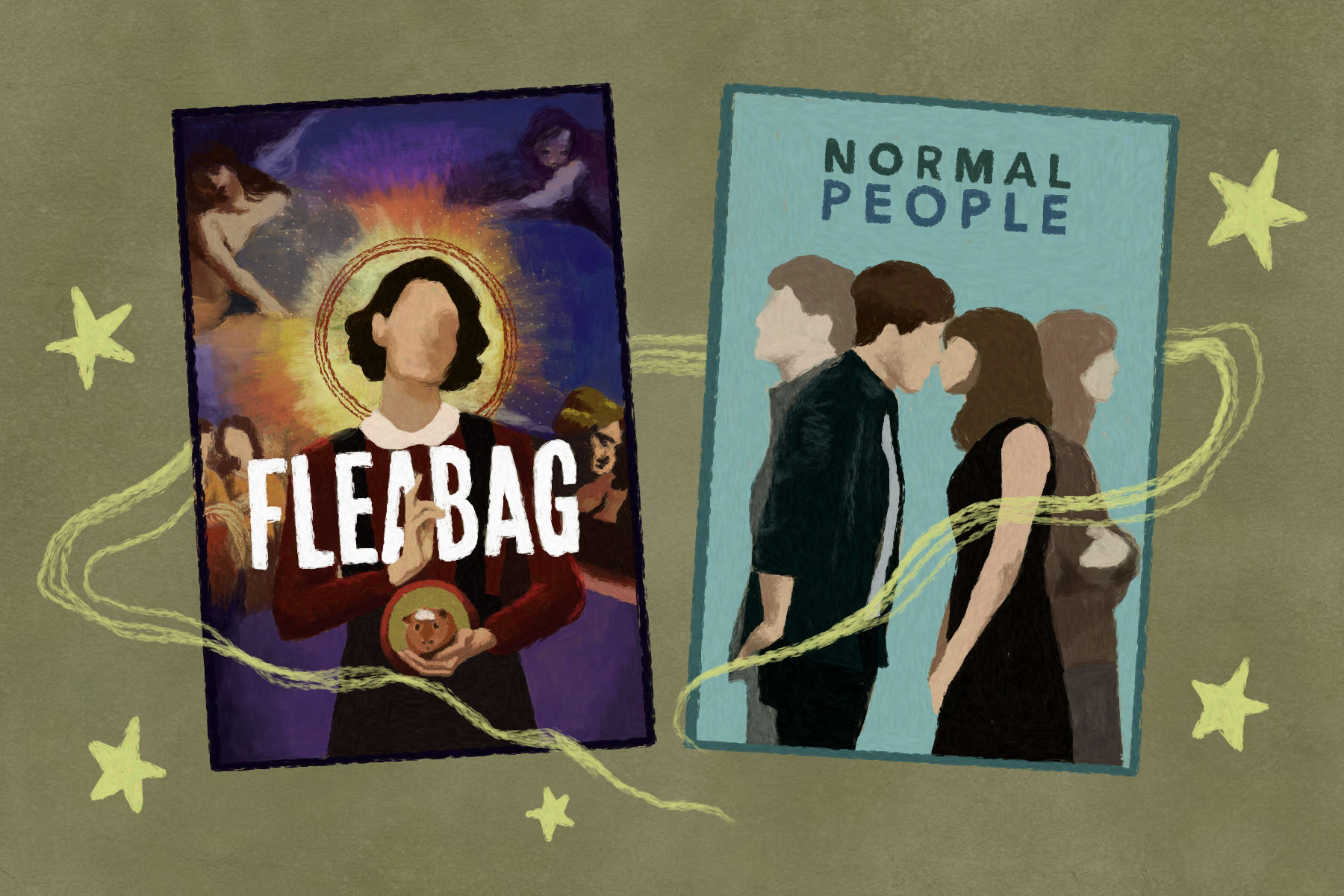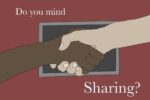Much of the media that populates television channels and streaming services today is plagued by moral and ideological oversimplification, a product of audiences’ escapism from the quotidien dilemmas posed by real life. Thus, viewers look for television shows that pose moral questions with clear-cut, satisfying answers, to supplement any real lack thereof. Because indulging audiences pays, screenwriters often create television shows featuring irreproachable protagonists and reprehensive antagonists, with clean lines drawn in the sand between the arbitrary categories of good and bad. This satisfies the criterion of simplicity and in fact affords audiences a temporary respite from life’s confusion, but at times sacrifices authentic representation of humanity, a cornerstone of profound art.
The depiction of good characters who are culpable for their bad choices is imperative to developing moving stories, equally as important as the depiction of bad characters having redeemable motivations. When these two sides are taken into account simultaneously, the broad labeling of characters as good or bad is rendered obsolete; freed from the need to fulfill a moral role, they are just characters, or perhaps even people.
Two shows from the past decade exemplify this practice of allowing primary characters the room to be in the wrong and make choices that compromise basic conceptions of goodness. “Fleabag” and “Normal People” portray characters who not only make big mistakes, but earn their forgiveness through remorse, apologies, and hard-earned growth.
“Fleabag” and “Normal People” are similar on a few surface-level fronts — their U.K. setting, fraught romantic relationships, depictions of mental illness. But the threads of raw humanity that stitch through each on-screen moment truly liken them.
Both shows give their characters space for fallibility, bridging the gap between character and audience as it becomes clear the protagonists are more human than many characters in other series.
“Fleabag,” written by Phoebe Waller-Bridge, chronicles the dismal life of a woman who is given no name. As she is only referred to as Fleabag, her namelessness establishes unremarkability and her title a fundamental dirtiness. Fleabag messily navigates her life of unpleasant, yet common, challenges: hypersexuality, unfulfilled dreams, infidelity, grief, and mental illness are among the most prominent of her foes.
Waller-Bridge manages to showcase Fleabag’s struggles without painting her as a mere victim of her surroundings or donning rose-colored glasses. She does not shy away from showing the horrible things Fleabag has done in the name of nothing but self interest, instead leaning into the implicit conflict between Fleabag’s desire to be kind and her actions suggesting otherwise. Simultaneously, Fleabag’s aspirations and unbounded love bleed into every scene, a testament to the goodness she carries yet often fails to listen to.
The first season of “Fleabag” centers around the difficulties Fleabag faces as she struggles to keep her guinea-pig themed café afloat after the death of her co-owner and best friend, Boo. As Fleabag copes with Boo’s loss at every corner, the circumstances of her death remain elusive until the final episode, when the audience is made aware that Boo stepped into traffic, accidentally ending her life after Fleabag slept with her boyfriend. After an entire season of Fleabag grappling with grief, guilt enters the picture.
The entire show becomes riddled with tacit questions about forgiveness: who deserves it, how to earn it, whether the consequences of the wrongdoing preclude it, how to live without it.
With this knowledge, audience’s are forced to reconcile the snarky, grief-stricken, flawed Fleabag of the previous episodes with the Fleabag capable of causing immense pain, and juggle the implications of such inherent contradictions. Regardless of Fleabag’s bad choices and the pain they brought about, she is a sympathetic, relatable character, perhaps not in spite of but because her lovability is laced with a proclivity for hurting people.
“Normal People” based entirely on Sally Rooney’s 2018 book of the same name, allowing audiences to not only read but watch as two people orbit one another, madly in love and impossibly afraid of what that could mean. After a relationship conducted entirely in secret in secondary school, Connell and Marianne spend their college years sidestepping the love that endured, dating other people, leaving things unspoken and evidently misunderstood. Connell and Marianne alike make blunders as they navigate the experience and aftermath of a relationship that never saw the light of day. Their miscommunication and at times inconsiderate treatment of the other starkly contrasts the palpable love they harbor for each other, weaving a tapestry of failure, thoughtlessness, and redemption. The relationship endures sometimes as friendship and sometimes as romance, as Connell and Marianne figure out who they are to themselves and who they are to each other.
The seeds of Connell’s disregard for Marianne are sowed early, as he ignores her in secondary school while keeping their clandestine relationship strictly behind closed doors. Connell makes this choice to preserve his social standing in classes, afraid to publicly associate himself with the oddball of the school, especially in a romantic capacity. His fear of rejection and social anxiety are the fulcrum of his decision-making process. The ending point of their relationship prior to university is when Connell asks another girl to the Debs and leaves Marianne utterly alone. His motivations are common, if not universal, forcing audiences to deal with disapproval for Connell’s mistakes and understanding that, in the same position, they might make the same ones. The implications of Connell’s conduct in secondary school reverberates throughout the remainder of the limited series, a constant reminder to Marianne that she was once an embarrassment and to Connell that he once chose to hurt the woman he loves.
“Fleabag” and “Normal People” blur the lines that divy up actions into moral and immoral adeptly, more representative of reality than the polished portrait of idealized life that so frequently populates the screen. In doing so, these shows become art in their own rights as they expose intricacies of human motivations and flaws, and the contradictions that thrive within every individual. Embracing protagonists who hurt people, the shows are stories of the human condition more so than simple television productions. These similarities are not lost on producers, as a crossover video was released featuring Connell and Marianne attending confession with a priest who plays a pivotal role in the second season of “Fleabag.”
Somehow, Waller-Bridge and Rooney have crafted stories with heartbreaking relatability in depicting internal cohabitation of fear-driven mistakes and indomitable love.
















